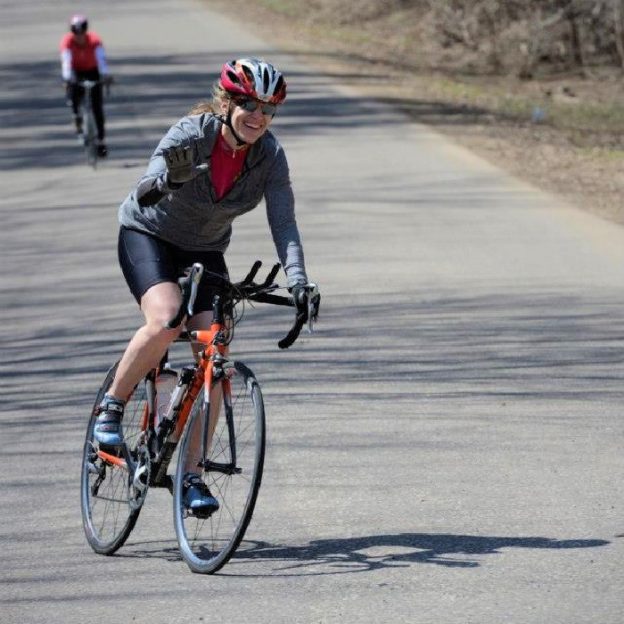Tag: Roadbike
-

Riding Courtesy; Great Ways to Consider Others on Your Next Adventure
Traffic laws are different in each state. They guide how you should operate on your bicycle and also how drivers should treat you. These laws are designed to keep drivers and cyclists all safe. Offroad, most trail system have guidelines that match up with the published list of rules from IMBA. Beyond the Laws and…

